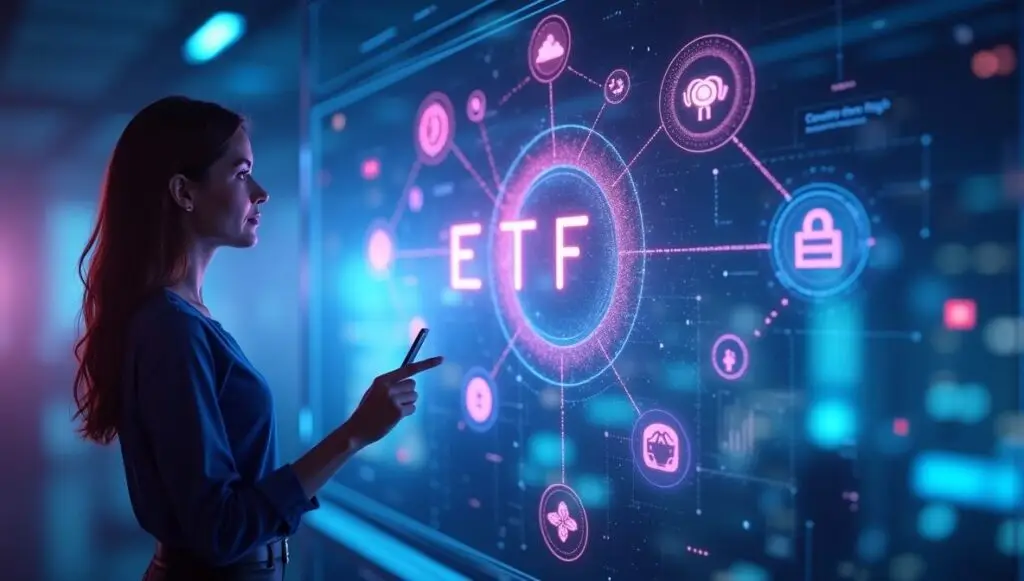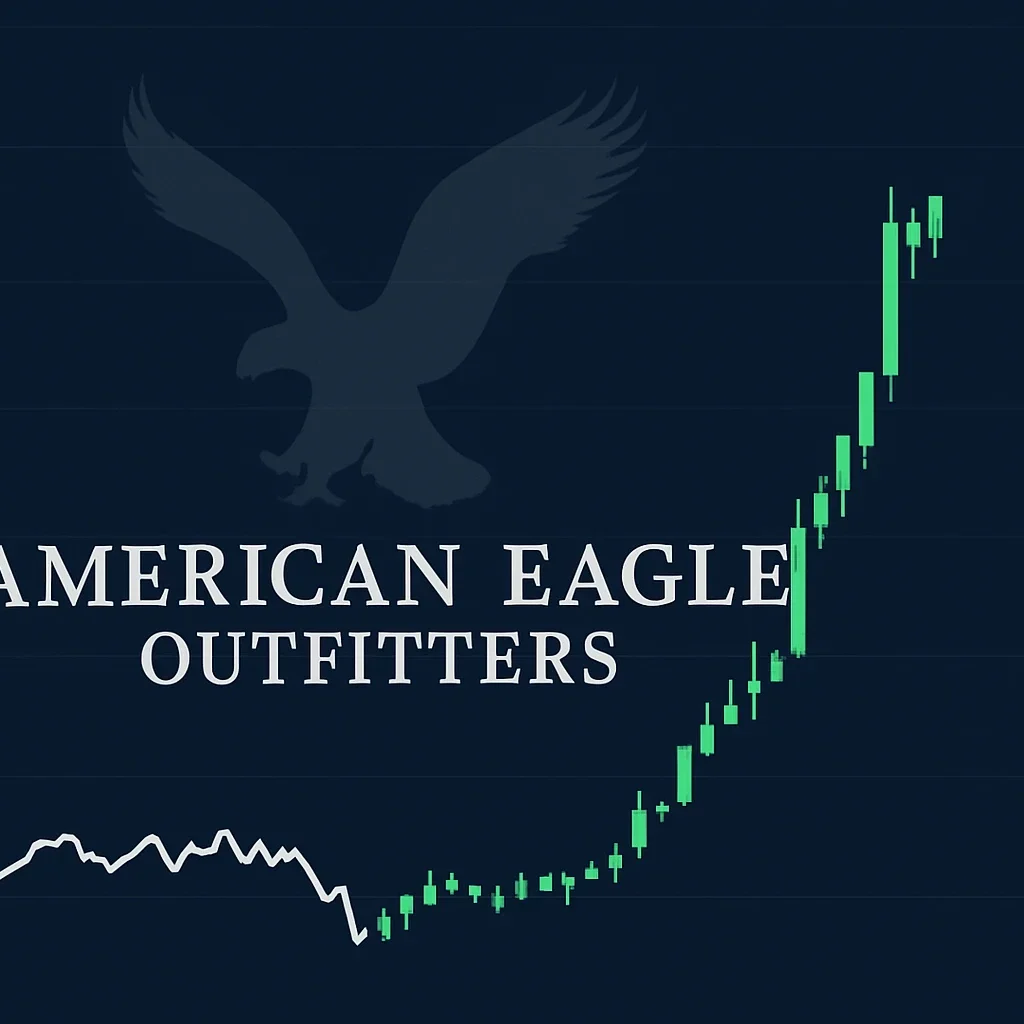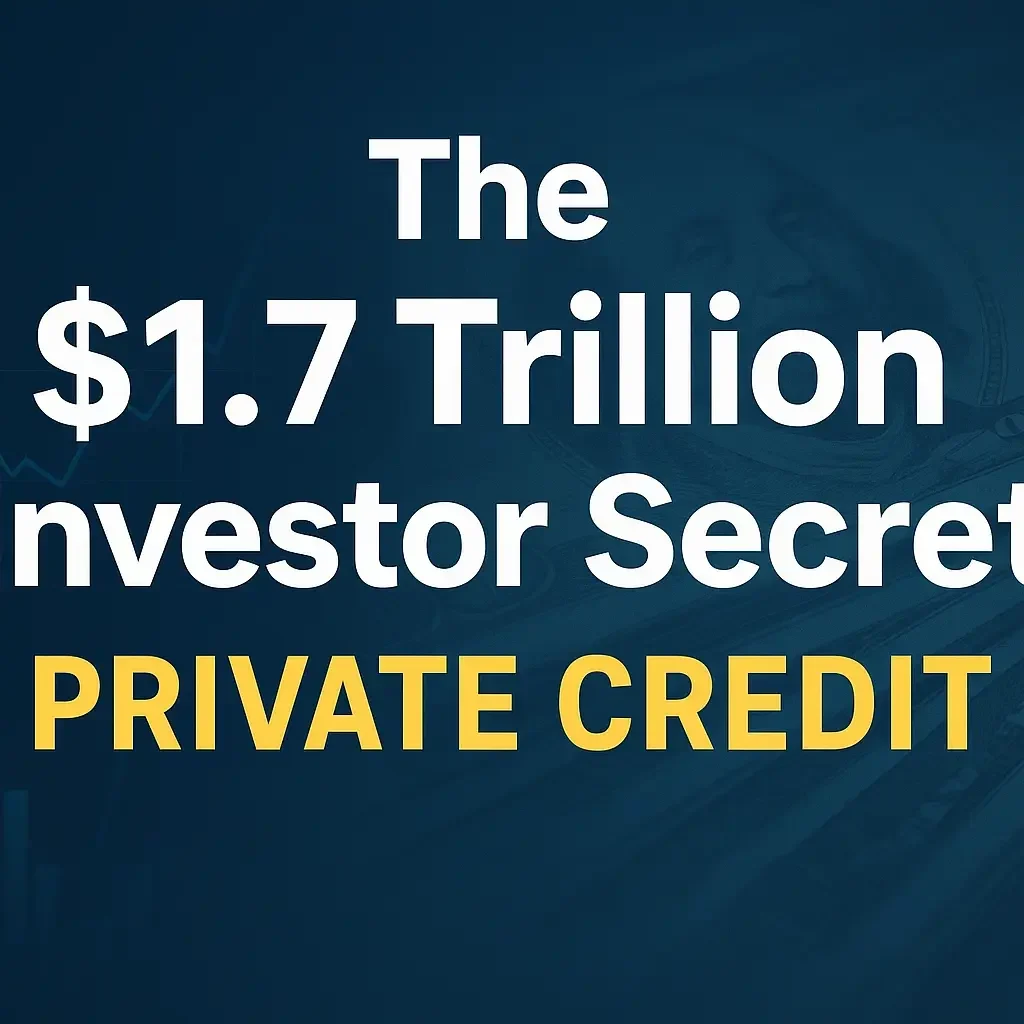Introduction
The buzz around thematic ETFs easily draws people in. Whether it’s Artificial Intelligence, clean energy, cybersecurity, or even space tourism, these funds promise a chance to invest in “the next big thing.”
The problem? Shiny new ETFs don’t always deliver on their promise. Some have great marketing but weak fundamentals. Others might sound innovative but hold companies barely connected to the theme.
This guide is for anyone who’s ever felt tempted to buy a thematic ETF after seeing it in the news or trending on social media. We’re going to strip away the hype and walk through a step-by-step framework that helps you separate the marketing fluff from solid investment opportunities.
Step 1 – Understand the Theme and Its Investment Thesis
Understand exactly what you are investing in before you ever see a ticker symbol.
Ask oneself: The theme is what precisely? Is it niche (like quantum computing) or broad (like technology)?
Is the tendency here permanent? Seek for long-term influences like technical advances, regulatory backing, or demographic changes.
What would throw it off course? Every trend carries possible risks including consumer acceptance delays, government opposition, or competitive disturbance.
Example: Government incentives and worries about climate change provide the renewable energy industry great tailwinds. The metaverse fever wave of 2021 lost traction, however, when adoption and monetization fell short of projections.
Pro Tip: The majority of ETF issuers provide a whitepaper or fact sheet outlining the rationale behind the investment. Proceed with caution if that document is ambiguous or overloaded with buzzwords.
Step 2 – Examine the Underlying Holdings
The name of a thematic ETF can be misleading. The name ‘Future Energy ETF’ might suggest it’s packed with solar and wind companies, but a closer look could reveal oil giants or unrelated industrials inside.
Here’s what to check:
- Number of holdings – A fund with only 20 stocks will be more volatile than one with 100+.
- Top 10 concentration – If 40% of the fund is in the top 5 holdings, you’re taking concentrated bets.
- Pure-play exposure – Are the companies directly involved in the theme, or is the connection minimal?
Example: A cybersecurity ETF could include a tech conglomerate that earns just 5% of revenue from security products. That’s not the same as a company whose entire business is cybersecurity.
Step 3 – Review the Index Methodology (in Depth)
Most thematic ETFs track a particular index; they do not just pick stocks at random. This index serves as a rule book determining:
- Which businesses make inclusion?
- How they are weighted in the portfolio
- How often changes are made
Understanding this underlying mechanism is essential since even two ETFs with the same subject can totally affect the behavior of the ETF.
Why It Matters
Although two ETFs could both be called Clean Energy, one could include tiny, high-growth solar companies while the other could be dominated by big-cap utility companies. Usually, the index method is the cause of that disparity.
Main Things to Investigate
1. Inclusion Criteria – How companies qualify for the index
- Revenue exposure requirement: Some indexes need a corporation to generate a specific proportion of income from the theme (e.g., at least 50% from AI-related activities). Others have no such need, which might result in peripheral holdings.
- Market capital minimums: Though they might exclude some promising smaller companies, they guarantee liquidity and stability by assuring a minimum firm size.
- Geographic filters: Some indexes restrict holdings to particular nations or areas, therefore affecting currency risk.
Tip: Expect more theme dilution holdings that are only marginally connected to the theme if an index has fairly flexible standards.
2. Weighting Approach – How much each stock contributes
- Market-cap weighting: Portfolio is mostly made up of bigger companies. Reducing volatility by this can limit upside if little entrepreneurs are the real growth drivers.
- Equal weighting: Every stock gets the same allocation. While this exposes investors to more small businesses, it also raises volatility.
- Changed weighting: A mix of ways to keep the most money you can put into any one stock down so you don’t get too focused.
For instance, a market-cap weighted artificial intelligence ETF could have 30% of its investments in one mega-cap tech company, but an equal-weight version would distribute that exposure over dozens of lesser firms.
3. Rebalancing Frequency– how frequently the index is revised
- Quarterly: Keeps the index somewhat fresh and manages turnover expenses.
- Semi-annual: Although it can reduce expenses, it might lag behind in mirroring quick developments in the sector.
- Monthly: Very responsive but can lead to tax consequences and greater trading expenses.
If a topic like artificial intelligence or cybersecurity insurance company changes rapidly, frequent rebalancing might imply the ETF retains obsolete or less relevant businesses for far too long.
Step 4 – Assess Historical Performance (Cautiously)
All of us have heard it: Past success does not ensure future outcomes. Its still worthwhile to look at though to see how the ETF reacts in various market situations rather than to forecast future returns.
Questions to ask:
- How did it perform during market pullbacks?
- Is it more volatile than the broader market?
- Does it outperform in bullish periods but crash harder in bear markets?
Comparing against a benchmark (like the S&P 500) can help you see if youre truly getting theme-driven performance or just expensive index-like returns.
Step 5 – Analyze Costs and Liquidity
Even if a thematic ETF has strong holdings, costs can quietly eat away at your returns.
- Expense ratio – Thematic ETFs typically range from 0.45%–0.75%, higher than broad ETFs like SPY or VTI.
- Bid-ask spread – The wider it is, the more you lose when buying and selling.
- Assets under management (AUM) – Funds under $50M are at higher risk of closure, which could force you to sell at a bad time.
Liquidity matters. Thinly traded ETFs can be expensive to enter and exit.
Step 6 – Identify Key Risks
Every theme has its vulnerabilities:
- Theme concentration risk – If your entire bet rests on one narrow trend, you’re highly exposed.
- Geographic risk – If the theme is dominated by one region (e.g., Chinese EV stocks), you’re also taking political and currency risks.
- Regulatory risk – Government policies can boost or kill an industry overnight.
Understanding these risks upfront lets you size your position appropriately.
Step 7 – Make Sure It Fits Your Portfolio
Thematic ETFs are like seasoning for a meal—they can add a lot of flavor, but you wouldn’t make the whole dish out of chili powder. They’re usually meant to be satellite holdings—extras that sit around your main, diversified investments—not the foundation itself.
Before you hit “buy,” take a minute to ask yourself:
- Does this bring anything new to the table, or just more of what I already have? For Example, including an artificial intelligence ETF might only double down on the same risk rather than provide you something different if your portfolio is already heavy on tech stocks.
- How much am I actually willing to devote to a high-risk, high-reward subject? Many individuals restrict it to 15% of their holdings. That way, you gain if it soars; but if it crashes, it won’t damage your entire strategy.
- Am I able to tolerate the swings? Though potentially enjoyable, thematic ETFs also cause great anxiety. Prices might rise 30% one year, then fall 40% the following year. If you know you might not get enough sleep or sell in panic mode when that happens, you would want a lesser slice.
Quick example:
Say you’ve got 50% S&P 500, 30% international stocks, 15% bonds, and 5% thematic ETFs. Adding a clean energy ETF might make sense if you have zero exposure to that sector. But if your existing funds already hold a bunch of clean energy companies, you’re just making the same bet bigger.
Pro tip:
Use a portfolio overlap tool (many brokerages have them) to check how much of the ETF’s holdings you already own. You might be surprised—some “specialty” ETFs still hold big names like Apple or Microsoft, just with a fancier label.
From Hype to Informed Decision
Thematic ETFs can be exciting, inspiring, and — when chosen wisely — profitable. But they’re not lottery tickets. The difference between hype-driven investing and smart investing is research. Now its your time to shine make sure you follow these step wisly. my eyes are waiting to see you success
By following this 7-step framework, you’ll know how to:
- Separate genuine opportunities from marketing gimmicks
- Understand what’s actually inside the ETF
- Evaluate its risks, costs, and long-term potential
- Fit it into your portfolio in a balanced way
Investing in themes isn’t about chasing headlines — it’s about capturing the trends that will shape our future, while protecting yourself from the noise.




